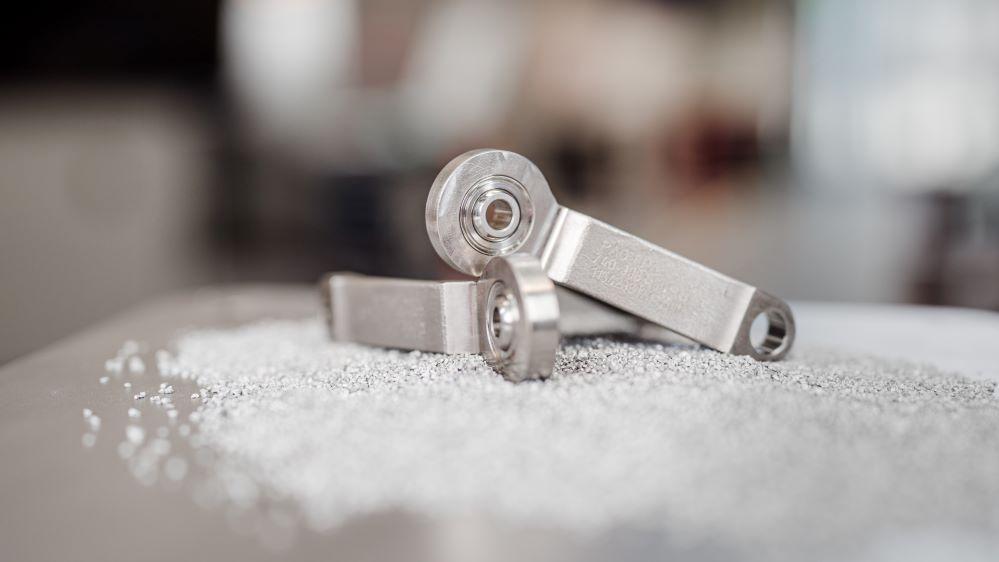- FMA
- The Fabricator
- FABTECH
- Canadian Metalworking
Our Publications
Categories
- Additive Manufacturing
- Aluminum Welding
- Arc Welding
- Assembly and Joining
- Automation and Robotics
- Bending and Forming
- Consumables
- Cutting and Weld Prep
- Electric Vehicles
- En Español
- Finishing
- Hydroforming
- Laser Cutting
- Laser Welding
- Machining
- Manufacturing Software
- Materials Handling
- Metals/Materials
- Oxyfuel Cutting
- Plasma Cutting
- Power Tools
- Punching and Other Holemaking
- Roll Forming
- Safety
- Sawing
- Shearing
- Shop Management
- Testing and Measuring
- Tube and Pipe Fabrication
- Tube and Pipe Production
- Waterjet Cutting
Industry Directory
Webcasts
Podcasts
FAB 40
Advertise
Subscribe
Account Login
Search
First 3D-printed load-bearing part approved for aircraft use
- June 19, 2022
- News Release
- Additive Manufacturing
The airlines Lufthansa Technik and Tier 1 aircraft-structure manufacturer Premium AEROTEC have teamed up to find ways to use additive manufacturing to more cost-efficiently produce spare parts.
The German companies recently reached an important milestone: A 3D-printed metal part developed at Lufthansa’s additive manufacturing center for the IAE-V2500 engine’s anti-icing system has been certified by the European Union’s aviation certification association (EASA). It’s reportedly the first such certificate awarded for an additively manufactured load-bearing spare part.
Premium AEROTEC will 3D-print the component at its Varel, Germany, site.
The titanium components, called A-Links, currently are forged. Nine A-Links are fitted together to form a ring-shaped hot-air duct in the engine’s inlet cowl that safeguards against ice buildup during flight. However, the vibrations that occur during operation cause the components to wear at their mounting holes and, after a few years, they must be replaced.
Lufthansa and Premium say their 3D-printed A-Links, made on an LPBF (laser powder bed fusion)-style printer, eliminate the jigs and molds required for forged parts. Moreover, the additive process reduces material costs.
Lufthansa’s COO, Soeren Stark, said that for years the airlines has been producing plastic components for airplanes’ cabins. “Now we are able to demonstrate that structurally relevant metal parts for use outside the cabin can also be manufactured additively and approved for flight operations.”
- Podcasting
- Podcast:
- The Fabricator Podcast
- Published:
- 04/09/2024
- Running Time:
- 63:55
In this podcast episode, Brian Steel, CEO of Cadrex Manufacturing, discusses the challenges of acquiring, merging, and integrating...
- Trending Articles
- Industry Events
16th Annual Safety Conference
- April 30 - May 1, 2024
- Elgin,
Pipe and Tube Conference
- May 21 - 22, 2024
- Omaha, NE
World-Class Roll Forming Workshop
- June 5 - 6, 2024
- Louisville, KY
Advanced Laser Application Workshop
- June 25 - 27, 2024
- Novi, MI

























